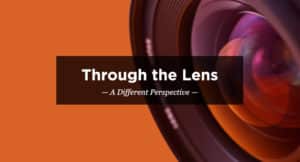Five easy tips for better portrait lighting – by Laura Tillinghast
February 9th, 2012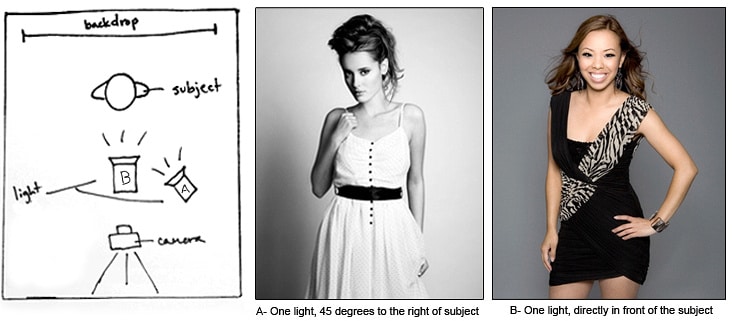
Laura Tillinghast, a Professional Commercial Photographer and part of our very own Pro Team, started making art at a young age and discovered photography as her true passion in college. From that point on she has never put her camera down. Shooting primarily advertising and editorial content, you never know what you will find in front of her lens. Whether it’s a gorgeous model, a bowl of oatmeal or a rock band, she shoots with the same goal in mind: make it beautiful.
Five easy tips for better portrait lighting – by Laura Tillinghast
As a photographer, the greatest tool at your disposal is light. Here I cover some personal advice on how to manipulate it to get the results you want.
1. Keep it simple
When pressed for time or working with a small budget, consider all you can do with one light source. Using one studio light, you will be surprised how many approaches you can take.
Putting your one light source above and to the direct front of the subject at about a 45-degree angle will create nice, flattering shadows. Moving the light from side to side will help create drama in the shadow areas. Experiment with moving the light closer and further from your subject as well.
Note: Using the sun as a single light source can be a great approach as well. Please see #2, where we discuss reflectors and diffusion with sunlight.
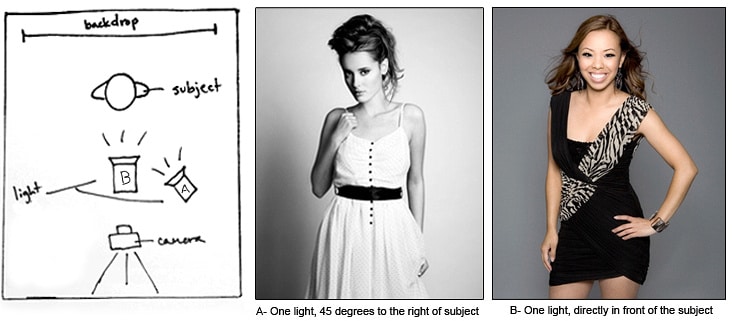
2. Bounce it baby
An important tool I always have with me at every shoot is at least one reflector. I like to have white and silver on hand and occasionally gold is a good choice, depending on the color temperature you are working with.
When shooting in natural light, you can bend and bounce sunlight into the spots you need it. This can be especially helpful if you have an area of shadows on the face you want to soften. Also, consider putting the sun at your subjects’ back and use a reflector to bounce light into the face as the main key light. This turns the sun into a fill/rim light depending on its position in the sky. When executing this technique, do advise your subject not to look right at the reflector as this may cause them to squint.
In the studio, you can use a silver or white reflector to bounce light into your subject’s face, giving a sparkle to the eyes. This also helps to perfect appearance of skin. Place the reflector in front of the subject, lying flat, just outside the frame of the shot. (Avoid a gold reflector in this case, as it can look strange with many skin tones.)
Reflectors can be purchased or you can easily make one with a piece of wood or cardboard and a reflective material like tin foil. My favorite reflector is a 2ft x 4ft panel of plywood with silver insulation taped to one side. Works like a charm and only cost me $5.
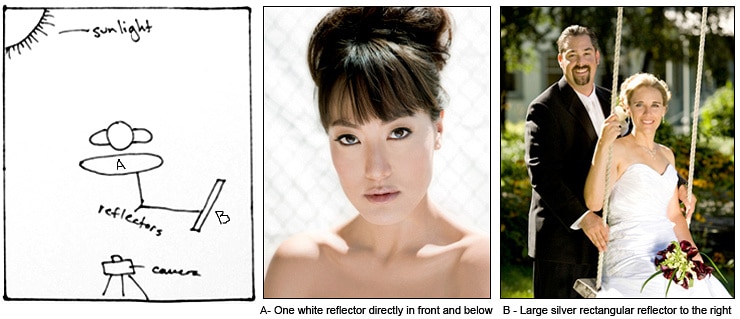
3. You’re golden
The hour and a half of sunlight just before the sun sets is commonly known as the ‘golden hour’. This name suits it well because the quality of light is very warm and flattering. This is a great light to use shooting subjects of all ages. The beach is a good place to shoot this time of day but any spot outside in full sun will do.
Experiment with reflectors as discussed above, this may be where you are able to get some mileage out of that gold reflector I mentioned in #2. The golden hour is fleeting by nature so make sure you have all your tools in order before the magic begins so you can utilize the full 60-90 minutes of golden light.
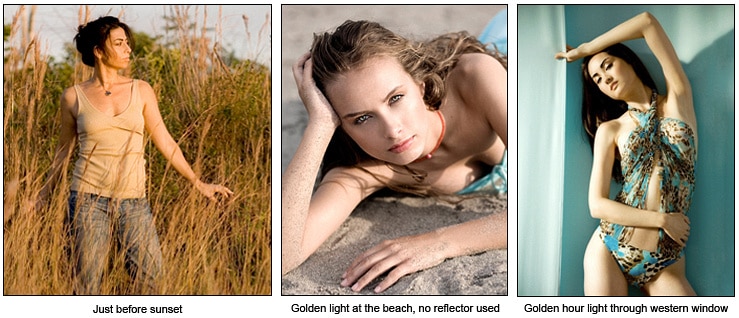
4. That great big soft box in the sky
So you wake up the day of an outdoor shoot to clouds and an overcast sky. Do not despair; this can be a fun scenario to work with if you keep an open mind. Think of the soft, even light as the ultimate diffusion. You do not need to worry about harsh shadows or highlights. In these cases, I like to set my lens to a wide-open aperture and then in post production pop the contrast to make the blacks nice and inky.
Also, depending on how cloudy it is, you may be able to add some light to your subject’s face and eyes with a white or silver reflector.
For you advanced folks, this is a great time to add a remote flash or strobe unit to pop the subject out from the background. Slightly over exposing the subject with your added light can turn the even lighting on the surroundings into a more dramatic scene.
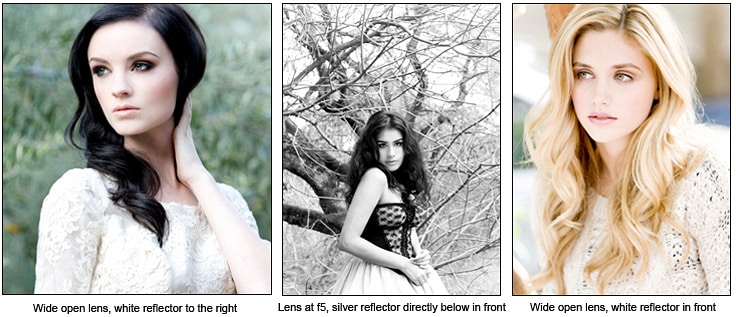
5. Made in the shade
It is not uncommon to be faced with the challenge of shooting outdoors during the middle of the day. During this time it can be difficult to avoid harsh shadows resulting from the bright overhead light. In this case, try and find some open shade. I like to position my subject inside a large patch of shade and let light spill into the shot gently. You can experiment with how close you position your subject to the edge of the shaded area. My experience has taught me that the very edge of the shade is the best and can result in very nice highlights. The closer you are to the edge, the easier it is to add reflectors to the mix as well.
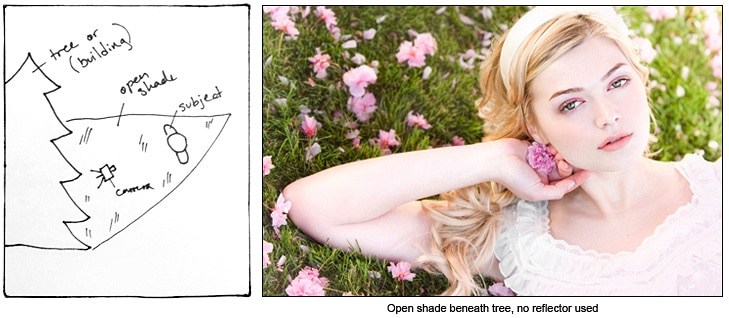
No shade in sight? Ask a friend (or if you are lucky, an assistant) to hold up a panel to create a patch of shade. My favorite tool for this is a scrim diffuser that still lets a small amount of light through. I have made do with all kinds of things though, a piece of cardboard, the back of a reflector, etc.
My best advice when faced with tough lighting conditions is to remind you that you have an arsenal of tools at your disposal to help you do your best work. The tougher the situation, the better photographer you will become in the end.

